- Written By Team DWS
- Festivals
- October 14, 2024
The Mythology Behind Sharad Purnima: A Deep Dive
Sharad Purnima, also known as Kojagari Purnima, is a vibrant harvest festival celebrated across India, particularly in the northern regions. Falling on the full moon night of the Hindu month of Ashwin (September-October), this festival is rich in mythology, folklore, and culinary traditions. While it marks the end of the monsoon season and the beginning of the harvest, its spiritual significance and the stories that accompany it provide a fascinating insight into Indian culture.
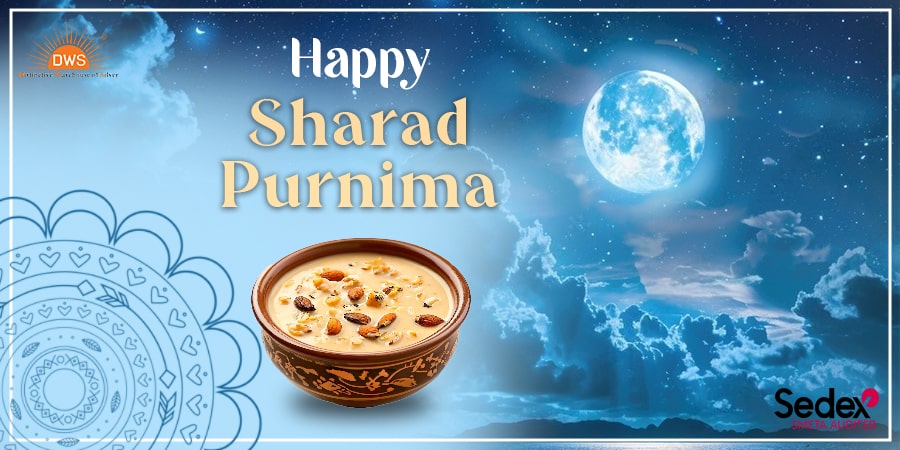
The Legend of Sharad Purnima
One of the most popular myths associated with Sharad Purnima revolves around Lord Krishna and the gopis (milkmaids) of Vrindavan. According to this legend, on the night of Sharad Purnima, Lord Krishna performed the Raas Leela, a divine dance with the gopis, under the radiant full moon. The moonlight, as per the legends, was said to be imbued with nectar, creating an atmosphere of bliss and fulfillment.
As the story goes, Krishna invited the gopis to dance under the ethereal glow of the full moon. Enchanted by their beloved Lord, the gopis adorned themselves in their finest attire and flocked to the forest to partake in this ecstatic dance. The night became a celebration of love, passion, and the spiritual union of the individual soul with the divine.
The Raas Leela not only symbolizes the love between Lord Krishna and the gopis but also highlights the idea that divine love transcends earthly attachments and relationships. It represents the soul’s yearning to reunite with the divine, making Sharad Purnima an occasion that resonates with those seeking spiritual fulfillment.
Lunar Significance
In Hinduism, the moon holds a significant place as a symbol of beauty, vitality, and the embodiment of feminine power. Its phases are believed to influence various aspects of life, including agriculture and human emotions. Sharad Purnima, with its full moon, is considered especially auspicious. The lunar rays during this time are said to possess healing properties, and people often celebrate by consuming kheer (a traditional rice pudding), believing that the moon's light enhances its potency.
The connection between the moon and fertility is prominent; the full moon signifies completeness and abundance—qualities essential for a fruitful harvest. Traditionally, families prepare to honor deities such as Lakshmi, the goddess of wealth, and Vishnu, thus inviting prosperity into their homes.
Connecting with Nature
Sharad Purnima is not only a festival of reverence but also a celebration of nature's bounty. The festival marks the end of the harvest season, hence, communities come together to rejoice in nature’s gifts. Farmers and laborers express gratitude through various rituals, signifying a harmonious relationship with the earth.
In different regions, people perform unique customs related to agriculture. For instance, in certain rural parts of India, farmers offer their first harvested grains to the deities, praying for a successful and abundant harvest for the following year. The night is often spent outdoors, as people gather to enjoy moonlit evenings, sharing stories, laughter, and delicious food.
Culinary Traditions
Culinary practices form an integral essence of Sharad Purnima celebrations. One of the most beloved dishes is kheer, a sweet dish made from rice, milk, and sugar, prepared and offered to the moon. It is often served at family gatherings and symbolizes the sweetness of life. Some communities also observe fasting until the moon rises, engaging in prayer and meditation until they break their fast with this delectable dish.
Meals during Sharad Purnima are festive and diverse, laden with seasonal ingredients. Families often prepare dishes that include fresh fruits, wholesome grains, and vegetables, showcasing the richness of the harvest. The communal sharing of food fosters familial bonds, signifying an intrinsic aspect of celebration.
A Spiritual Retreat
For many, Sharad Purnima is a time for introspection and spiritual engagement. It is a time to reconnect with one's roots, reflect on personal growth, and seek the divine blessings of prosperity, health, and happiness. Rituals often include reading sacred texts, chanting mantras, or engaging in meditation.
People may also visit temples or organize pujas (worship) at home, inviting spiritual energies into their lives. By aligning with the celestial rhythm, devotees seek to renew their faith and commitment to spiritual practices.
Conclusion
Sharad Purnima is more than just a festival; it is a tapestry woven with mythology, nature, and community spirit. The enchanting stories of Lord Krishna, lunar veneration, agricultural celebration, and communal feasting come together to create an event that transcends the mundane and invites spiritual reflection. As we indulge in the festivities of Sharad Purnima, let us open our hearts to the eternal messages of love, abundance, and the unity of spirit that this beautiful festival embodies. It serves as a reminder of the interconnectedness of all life and the importance of gratitude, not only for the harvests we reap but also for the bonds we share with one another and the natural world around us. By celebrating Sharad Purnima, we honor our traditions, strengthen our community ties, and embrace the richness of our cultural heritage. In doing so, we not only preserve the essence of this cherished occasion but also cultivate a sense of harmony and joy that resonates far beyond the festival itself. Let us carry the spirit of Sharad Purnima with us throughout the year, allowing its teachings to guide our actions and interactions in our daily lives.

Sharad Purnima FAQs: Everything You Need to Know About the Festival
Here’s a set of frequently asked questions (FAQs) about Sharad Purnima:
1. What is Sharad Purnima?
Sharad Purnima, also referred to as Kojagari Purnima, is a Hindu festival observed on the full moon night in the month of Ashvin (September-October), marking the harvest season and honoring the goddess Lakshmi. It marks the end of the monsoon season and is associated with the harvest festival in many regions of India.
2. Why is Sharad Purnima celebrated?
Sharad Purnima is celebrated for multiple reasons. It is believed that on this night, Goddess Lakshmi descends to earth to bless devotees with prosperity and good fortune. In some traditions, it is also linked to the divine love story of Lord Krishna and Radha, commemorating their Raas Leela.
3. What rituals are performed on Sharad Purnima?
Common rituals include:
- Keeping a night vigil (Jagran) to offer prayers and seek blessings.
- Preparing traditional dishes like kheer (rice pudding) and offering it to the Moon.
- Performing puja for Goddess Lakshmi, lighting lamps, and singing devotional songs.
4. Is Sharad Purnima significant for any other religions?
While primarily a Hindu festival, certain aspects are celebrated among other Indian communities as well. It may have variations and significance in Jainism, especially relating to moon worship.
5. What are the key traditions associated with Sharad Purnima?
- Rituals for the Moon: Devotees wait for the moonlight, which is believed to have healing properties, to fall on food offerings.
- Cultural Activities: In some regions, it is common to conduct dances and musical performances, especially in Vrindavan and Mathura.
6. What foods are prepared on Sharad Purnima?
A variety of dishes, particularly kheer, made of rice and milk, are prepared and offered to Goddess Lakshmi. Other regional specialties may include sweets and snacks.
7. Is Purnima fasting required?
Some devotees observe fasts on Sharad Purnima, refraining from consuming grains and eating only fruits and milk in honor of Goddess Lakshmi.
8. How is Sharad Purnima celebrated differently in various regions of India?
- In Maharashtra, it's celebrated as Kojagari Purnima with specific offerings to the moon.
- In Bengal, it may coincide with the harvest festival of Nabanna.
- In North India, cultural programs and Raas Leela performances are common.
9. What is the significance of the full moon on this day?
The full moon on Sharad Purnima is considered particularly powerful. Many believe moonlight has medicinal properties, and thus it is a night for seeking blessings for health and prosperity.
10. When is Sharad Purnima in 2024?
Sharad Purnima typically falls on a date that varies each year based on the lunar calendar. In 2024, Sharad Purnima will be observed on October 16. (Note: Please verify with a local calendar, as dates may vary.)
11. Can non-Hindus participate in Sharad Purnima celebrations?
Absolutely! People of all backgrounds and faiths can join in the celebrations, participate in community events, and enjoy the festivities surrounding Sharad Purnima.
Sharad Purnima is a vibrant festival that symbolizes abundance, love, and the importance of moonlight in tradition. The joy of community and spirituality is at the heart of the celebrations.
Popular on Blogs
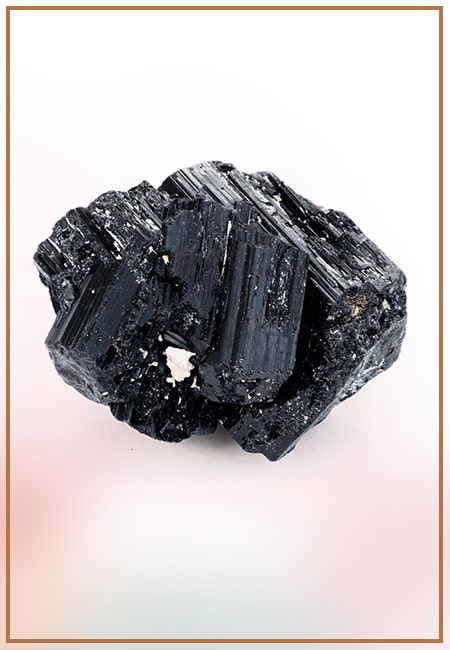
Black Tourmaline: Meaning, Healing Properties, Fascinating Facts, Powerful Attributes, Versatile Uses, and Beyond
September 05, 2023 / BY Team DWS
Black Tourmaline, also known as Schorl, is a highly revered crystal with incredible metaphysical properties. It derives its name from the Dutch word "turamali," meaning "stone with ..
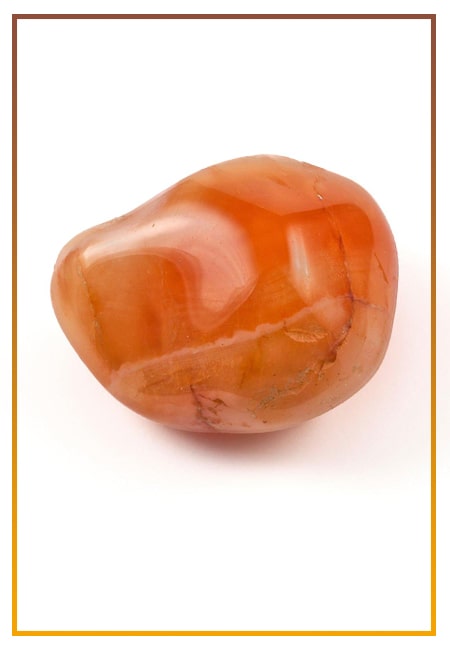
Carnelian Stone: Meaning, Healing Properties, Power, Facts, Color, Uses and More
December 26, 2023 / BY Team DWS
Carnelian is a vibrant and captivating gemstone that holds a plethora of meanings, healing properties, and powers. Its warm and fiery energy makes it a popular choice among crystal ..
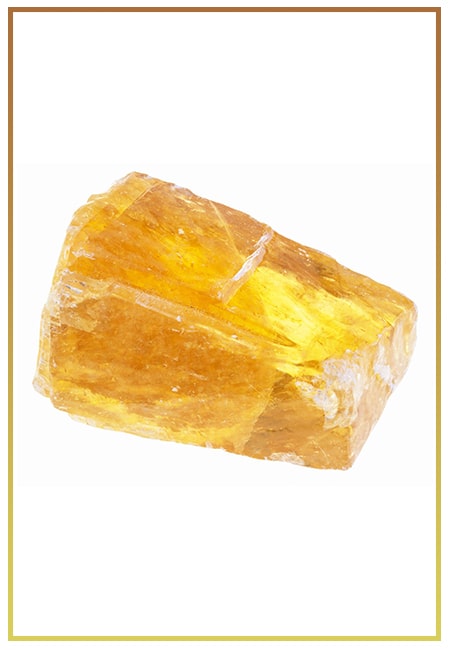
Citrine: Exploring its Meaning, Healing Properties, Fascinating Facts, Powers, Versatile Uses, and Much More
November 18, 2023 / BY Team DWS
Citrine, with its warm golden hues, has captured the attention and imagination of people for centuries. This beautiful gemstone, commonly associated with wealth and prosperity, hol ..

Black Onyx: Unveiling the Meaning, Healing Properties, Fascinating Facts, Powerful Attributes, Versatile Uses, and Beyond
July 25, 2023 / BY Team DWS
Black Onyx, a striking gemstone admired for its deep black hue and elegant appearance, has captivated people for centuries. In this comprehensive guide, we will delve into the mean ..
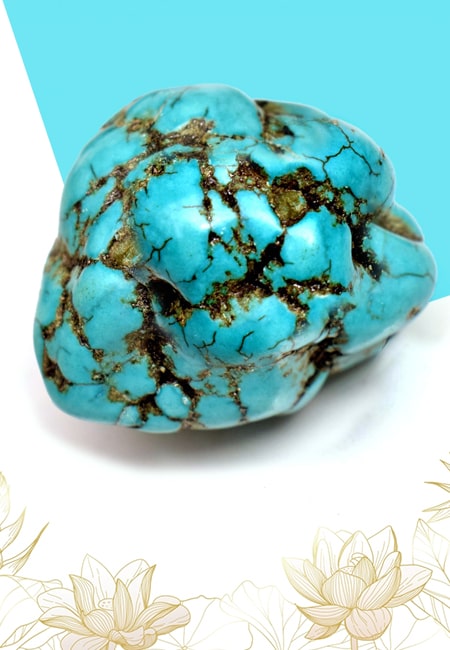
Unveiling the Mysteries of Turquoise Stone: Exploring its Meaning, Healing Properties, Power, Facts, Color, Uses, and More
December 05, 2023 / BY Team DWS
Turquoise, with its captivating blue-green hue, has been adorning jewelry and artifacts for centuries. This striking stone has a rich history, rich symbolism, and a plethora of int ..
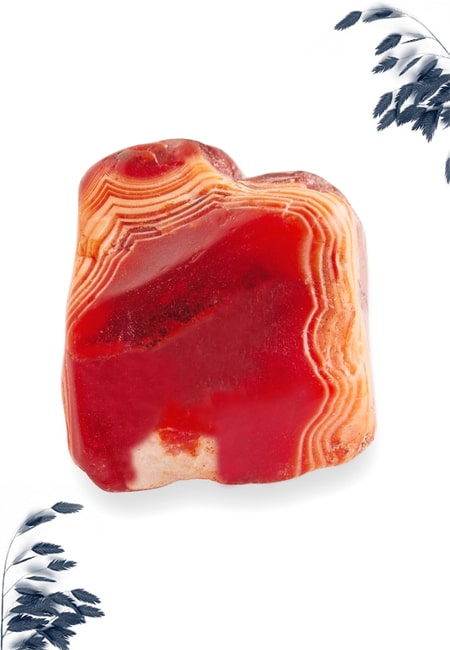
The History Behind The Popularity of Red Agate
December 23, 2022 / BY Team DWS
An Agate is a type of magma rock that takes many years till it is washed out naturally into the water. And that is the reason this stone has elements of water. This beautiful stone ..

Plan a Perfect Valentine's Week with Our Valentine Week List 2025
January 22, 2024 / BY Team DWS
Valentine's Day is undoubtedly the most romantic day of the year, but we believe that one day is just not enough to express your love and make your partner feel special. That's why ..
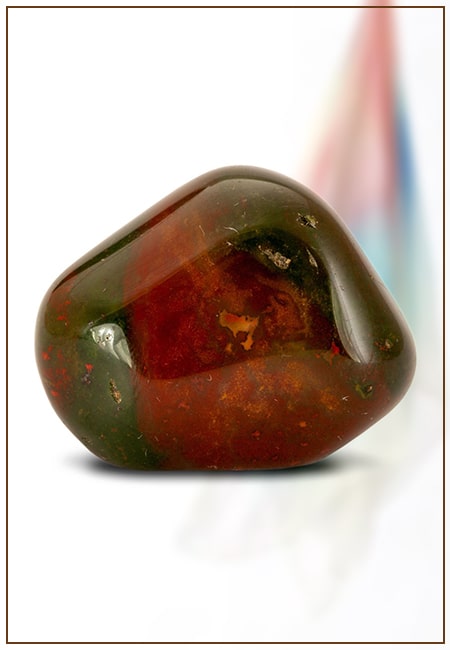
Bloodstone: Unveiling the Meaning, Healing Properties, Facts, Powers, Uses, and More
August 21, 2023 / BY Team DWS
Bloodstone, with its captivating deep green color with specks of red, is a mesmerizing gemstone that has fascinated civilizations for centuries. It possesses unique healing propert ..


